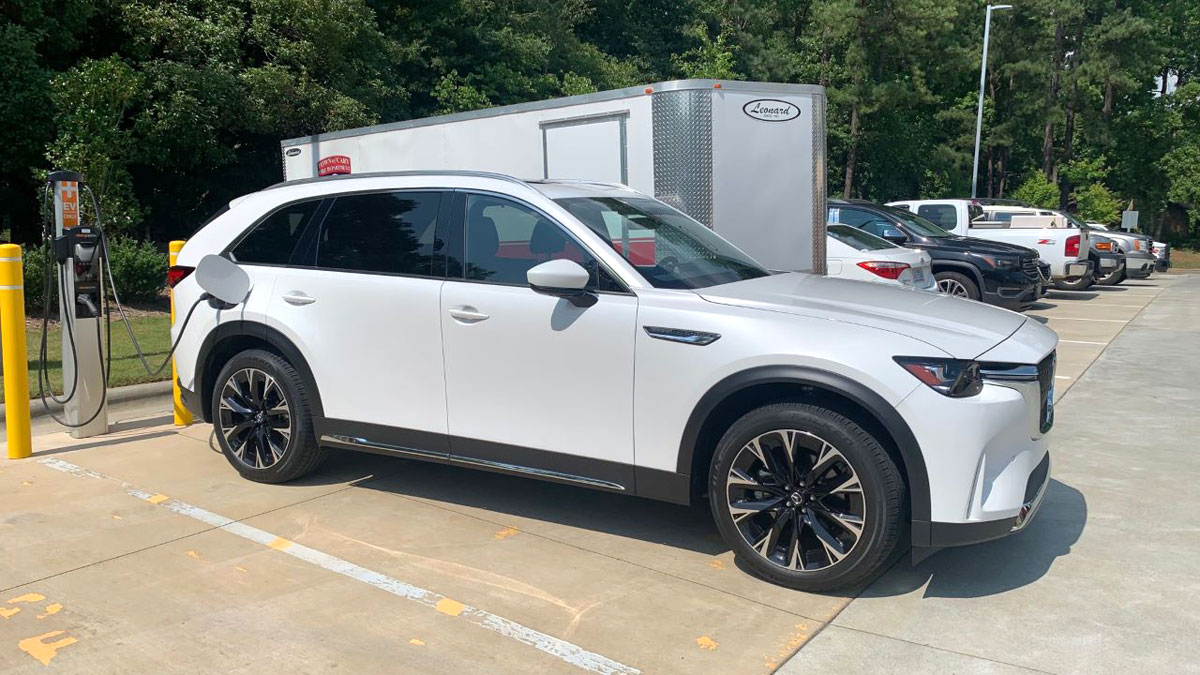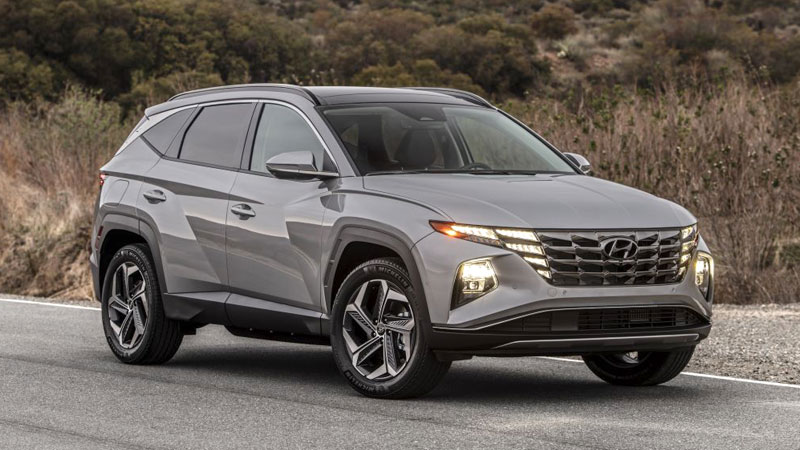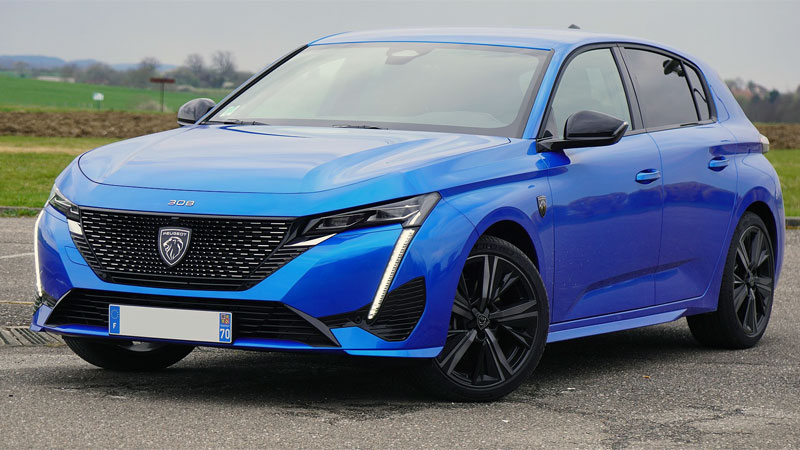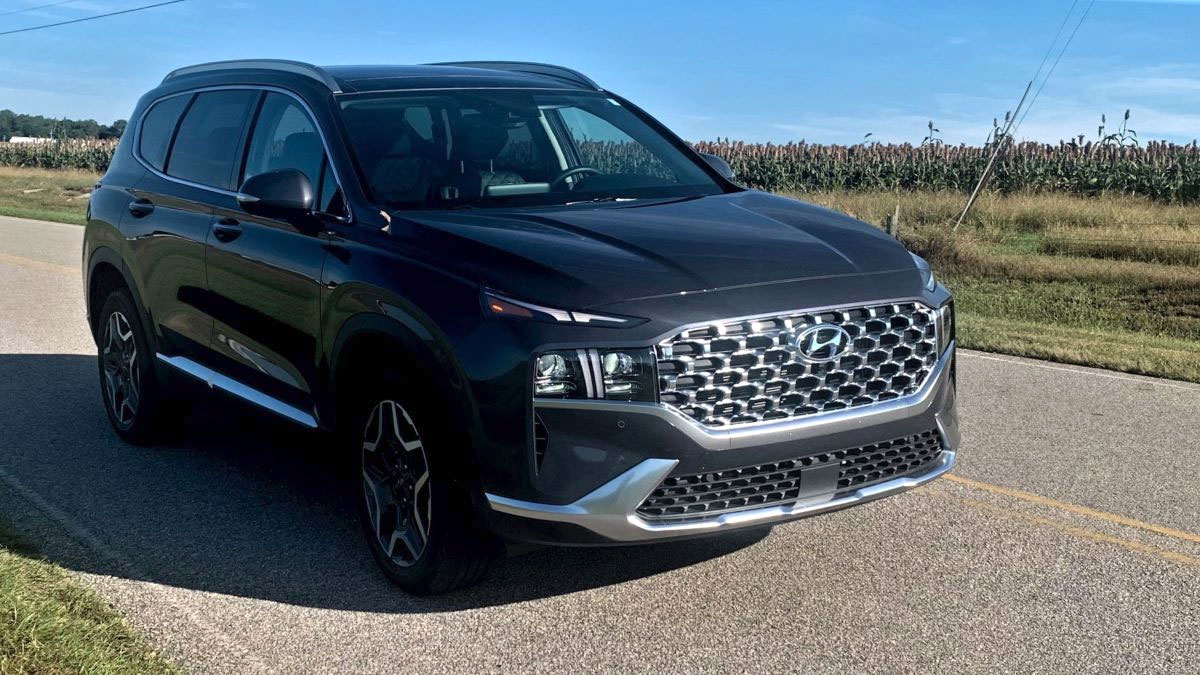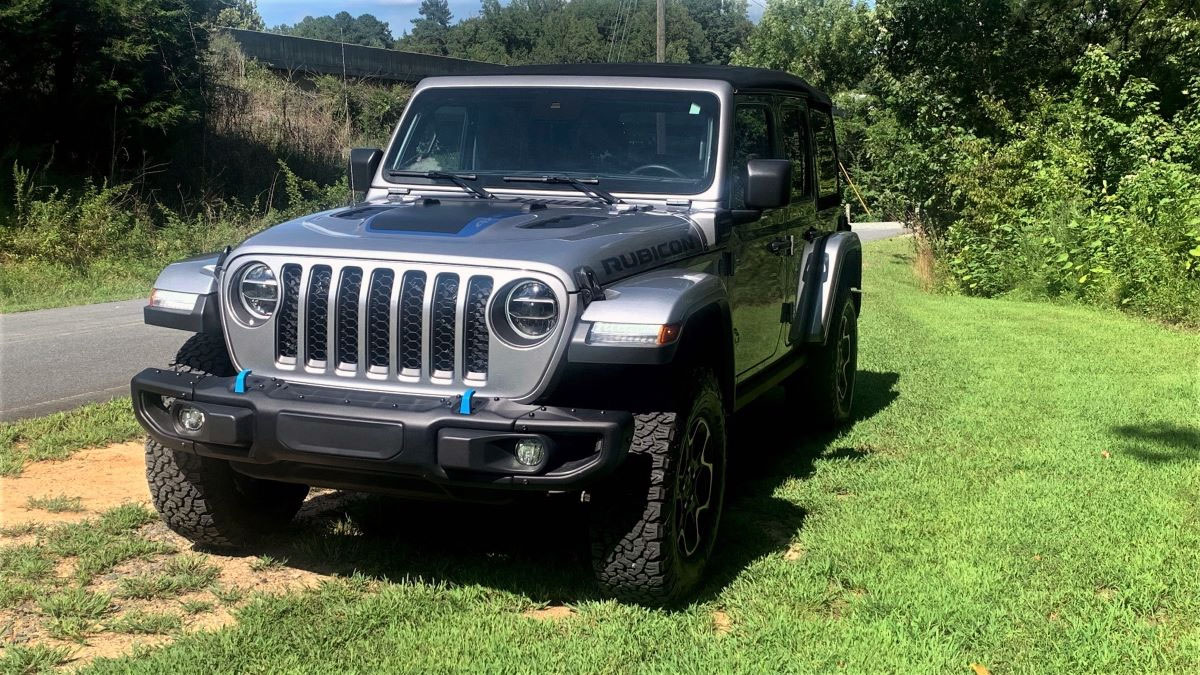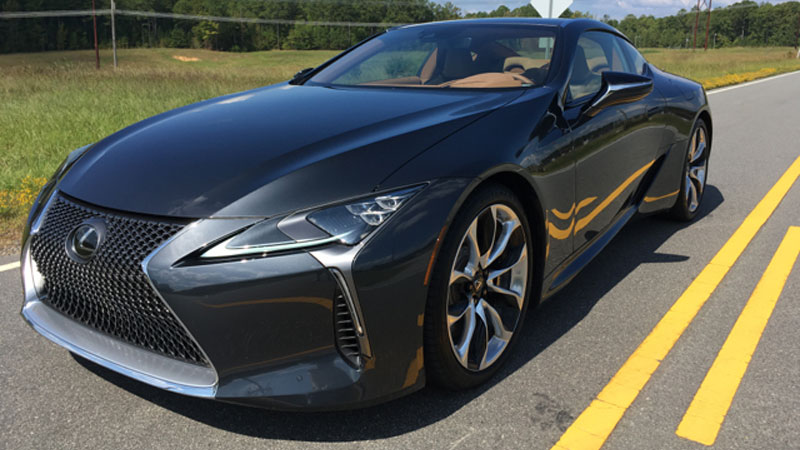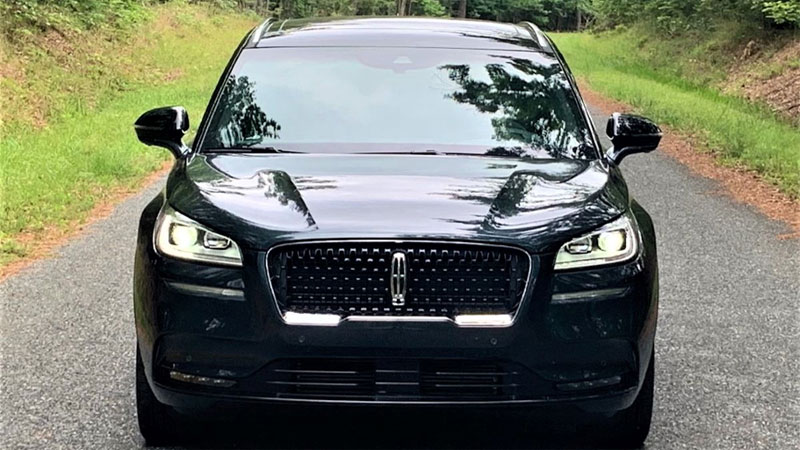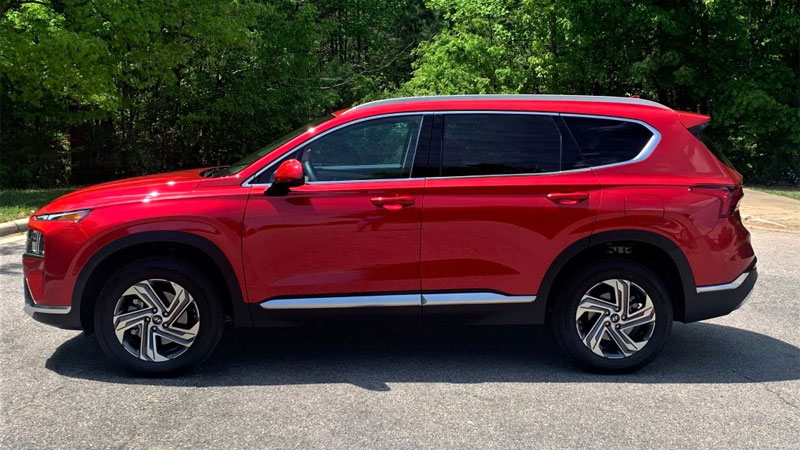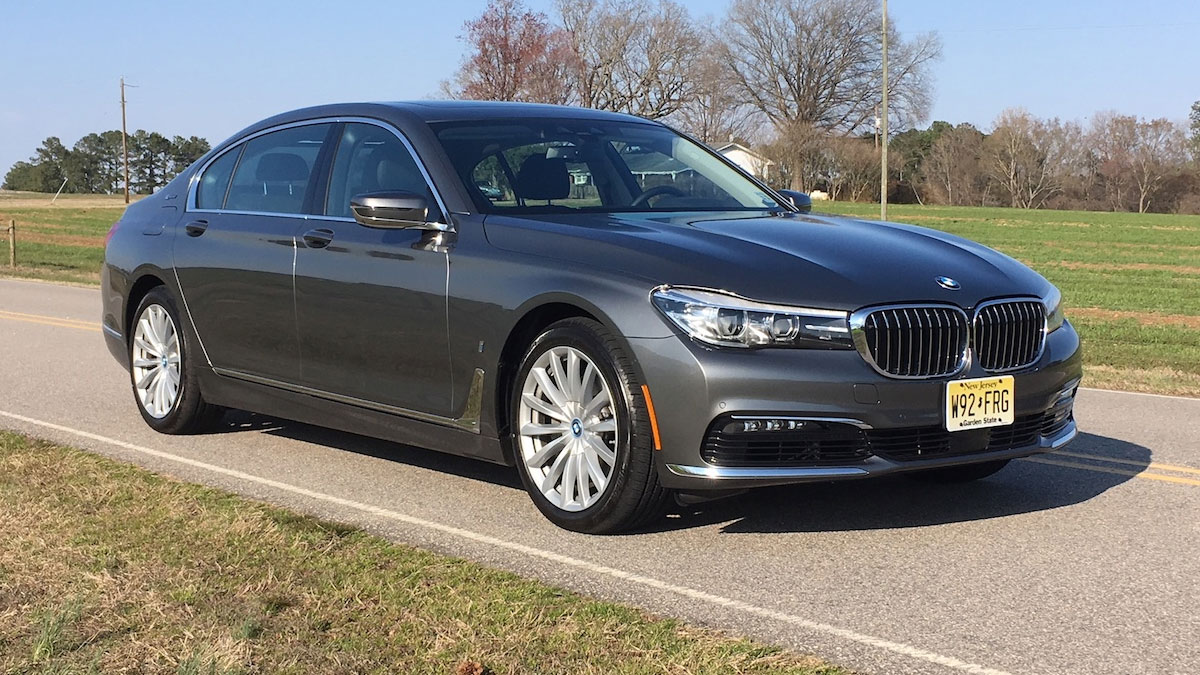The 2024 Mazda CX-90 PHEV: A Contender in the 3-Row SUV Market?
The new flagship CX-90 may not be perfect, but it’s a definite contender in the crowded three-row SUV market. Mazda’s pursuit of the luxury market forges ahead with the introduction of the eight-seater CX-90, their newest model. Jump-starting the 2024 model year, the CX-90 takes over from the CX-9, offering … Read more

